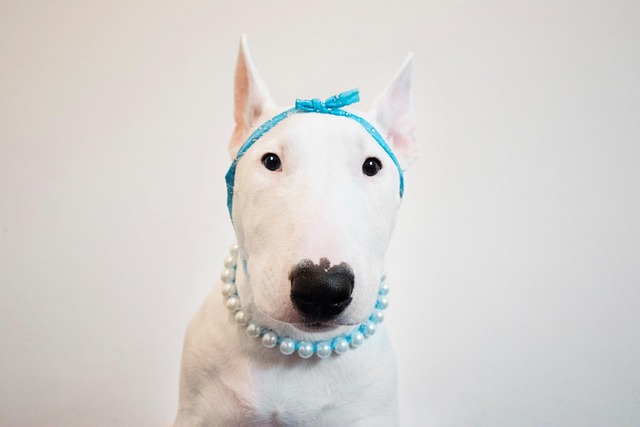
How do i train my dog to be obedient?
Watching your dog dart across the park ignoring your calls isn’t just frustrating—it can put them at risk near busy streets or public spaces.
Start with a toy your golden retriever loves—maybe a soft frisbee or rubber ball they already carry around. Sit on the grass in your backyard, where there’s space to move without distractions. Toss the toy just a few feet first; golden retrievers are eager to please, but too much distance early on can frustrate them. Praise them wildly when they pick it up—use their name and excited tones, since positive reinforcement works best for this breed.
Once they’re comfortable grabbing the toy, gently encourage them to bring it back. You can kneel down, open your arms, and say “come” in a warm voice. If they drop the toy halfway, don’t scold them—walk over, pick it up together, and try again. Keep each session short, around 5 to 10 minutes; golden retrievers have lots of energy, but their attention spans aren’t long, especially when they’re learning something new. End each session on a high note, like a quick belly rub or a tiny treat, to keep them excited for next time.
Remember to check your local laws before practicing fetch in public spaces. Many areas require dogs to be on leashes in parks unless there’s a designated off-leash zone, and some have rules about cleaning up after your pet—always bring waste bags, even if your golden retriever seems focused on the game. It’s also a good idea to make sure the toy you’re using is safe: avoid small parts that could break off and be swallowed, and choose durable materials that can handle their strong jaws.
 If your golden retriever is hesitant to drop the toy once they bring it back, try trading them for a small treat. Hold the treat in one hand and gently take the toy with the other; say “drop it” as you do, so they start associating the command with letting go. Be patient—some goldens love carrying toys so much they don’t want to give them up at first. Over time, they’ll learn that giving the toy back means the game continues, which is more fun for them than holding onto it alone.
If your golden retriever is hesitant to drop the toy once they bring it back, try trading them for a small treat. Hold the treat in one hand and gently take the toy with the other; say “drop it” as you do, so they start associating the command with letting go. Be patient—some goldens love carrying toys so much they don’t want to give them up at first. Over time, they’ll learn that giving the toy back means the game continues, which is more fun for them than holding onto it alone.
As your golden retriever gets better, you can gradually increase the distance of your tosses. You can also add simple commands like “fetch” before you throw, so they learn to wait for your signal. This not only teaches them a fun skill but also strengthens your bond—golden retrievers thrive on spending quality time with their owners. Just make sure to adjust the activity to their age: puppies have growing joints, so avoid long tosses on hard surfaces, while older goldens might need slower, shorter games to avoid strain.
Teaching your golden retriever to fetch should be a fun experience for both of you, not a chore. By keeping sessions positive, following local laws, and matching the pace to their learning style, you’ll have a loyal fetch partner in no time. Before you know it, they’ll be bringing the toy back to you without prompting, tail wagging so hard their whole body shakes—one of the sweetest signs that they’re enjoying the time you spend together.

Watching your dog dart across the park ignoring your calls isn’t just frustrating—it can put them at risk near busy streets or public spaces.

New puppy owners often find themselves rushing to clean up accidents before they set in, and that’s where puppy pad training becomes a game-changer.

If you've noticed your dog's waistline disappearing and your veterinarian has mentioned those few extra pounds, your first instinct might be to simply reduce the amount of food in their bowl.

Training a dog to use a designated spot indoors isn’t as daunting as many new owners fear, but it does take consistency and an understanding of your pet’s needs.

That moment of dread on a walk is all too familiar for many new dog owners. You see another dog approaching down the sidewalk of your neighborhood

If the sight of another dog on your neighborhood walk makes your heart sink as your own dog erupts into a frenzy of barking and lunging, you're not alone.